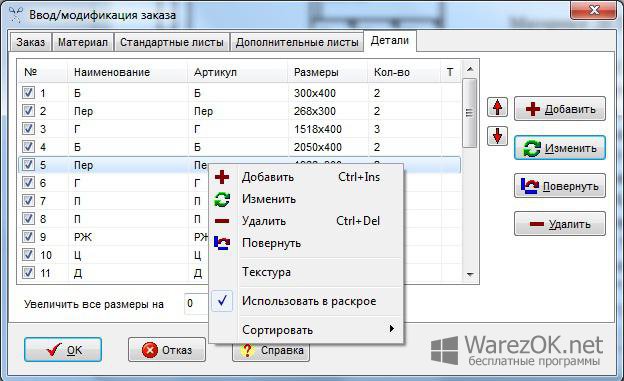
Raskroj Kuznecova Kryak
This article needs additional citations for. Unsourced material may be challenged and removed.
Kriak_dlia_left_fo_ded, 88408. Total 1233313 links on 03 Feb 19. This is a list of titles, by which our users could found a posts. Each title it is a separate search query. You can to extend the Index, if you add a link to the your post in telegra.ph thru the search input, or just still search on TelegCrack!
Find sources: – ( September 2014) () Eiders in breeding plumage Kingdom: Phylum: Class: Order: Family: Subfamily: Genus: Somateria, 1819 Species • S. Mollissima • S. Fischeri • S. Spectabilis • Eider, 1819 Eiders ( ) are large in the genus Somateria. The scientific name is derived from somatos 'body' and erion 'wool', referring to.
The three extant species all breed in the cooler latitudes of the Northern Hemisphere. The of eider ducks, and some other ducks and geese, are used to fill pillows and —they have given the name to the type of quilt known as an eiderdown. ( Polysticta stelleri) is in a different genus despite its name. The call of the duck has been likened to sound of 'surprised, or even the comedian '.
Species [ ] Image Scientific name Common Name Distribution Somateria mollissima northern coasts of Europe, North America and eastern Siberia Somateria spectabilis northeast Europe, North America and Asia Somateria fischeri coasts of Alaska and northeastern Siberia. Two undescribed species are known from, one from Middle rocks in and another from the Late or Early of Lee Creek Mine, United States.
The former may not actually belong in this genus. References [ ].
 Contents • • • • • • • • • • • • • • • Geography [ ] Krasnodar Krai is located in the southwestern part of the and borders with in the northeast, and in the east, and with the region (internationally recognized as part of ) in the south. The is completely encircled by the krai territory.
Contents • • • • • • • • • • • • • • • Geography [ ] Krasnodar Krai is located in the southwestern part of the and borders with in the northeast, and in the east, and with the region (internationally recognized as part of ) in the south. The is completely encircled by the krai territory.
The krai's is situated between the in the north and the in the south. In the west, the separates the krai from the, internationally recognised as of but under. At its widest extent, the krai stretches for 327 kilometers (203 mi) from north to south and for 360 kilometers (220 mi) from east to west.
The krai is split into two distinct parts by the, which gave its name to this entire geographic region. The southern, seaward part is the western extremity of the range, lying within the ecoregion; the climate is or, in the southeast,. Historically it is known as. The northern part is a which shares patterns. It is also known as region. This section does not any.
Unsourced material may be challenged. ( May 2018) () The region's earliest known inhabitants are referred to, generically, as the (after the Greek name for the ). During the 6th century BCE, founded the area's first cities, such as (near modern ) and (on the ), who traded with nomadic tribes including the (Scythians). From the 8th to the 10th centuries, the area was dominated by the, a who had earlier migrated from the east onto the, where they reputedly converted to. After the defeat of the in 965 conquered the area, it came under the rule of, and it then formed the Tmutarakan principality. Later, due to the increasing claims of Byzantium at the end of the 11th century, the Tmutarakan principality came under the authority of the Byzantine emperors (until 1204).

In that period of history, the were first mentioned, under the ethnonym Kasogs. For example, Rededi Prince Kasozhsky was mentioned in. In 1243–1438 the current territory of the Kuban was part of the. After the collapse of the latter, parts of Kuban were held under the Crimean Khanate, Circassia, and the, which dominated the region. The began to challenge the protectorate of the Ottoman Empire in the area during the.
In April 1783, by decree of, right-bank Kuban and Taman Peninsula were annexed to the. In 1792–1793 Cossacks moved there from, now located in Ukraine, and formed the Black Sea Area troops, with the creation of a solid cordon line for the and the marginalization of the neighboring.
During the campaign for control of the () Russia pushed away the Ottoman Empire from the region, followed by () as well. For this see. In 1783, the present northern territory of the Kuban region became part of Russia after the liquidation of the Crimean Khanate. A border garrison was located there from 1793 to 1794 in order to protect the Kuban River. The remaining area was relegated to the Cossacks, initiating development of the region. The administrative region was accorded the status of 'Land of Black Sea Cossack Army'. In 1860, most of the occupied area of the territory of the modern Kuban-Krasnodar region was formed of, and controlled by, remnants of the and the western part of the, who were to become the.